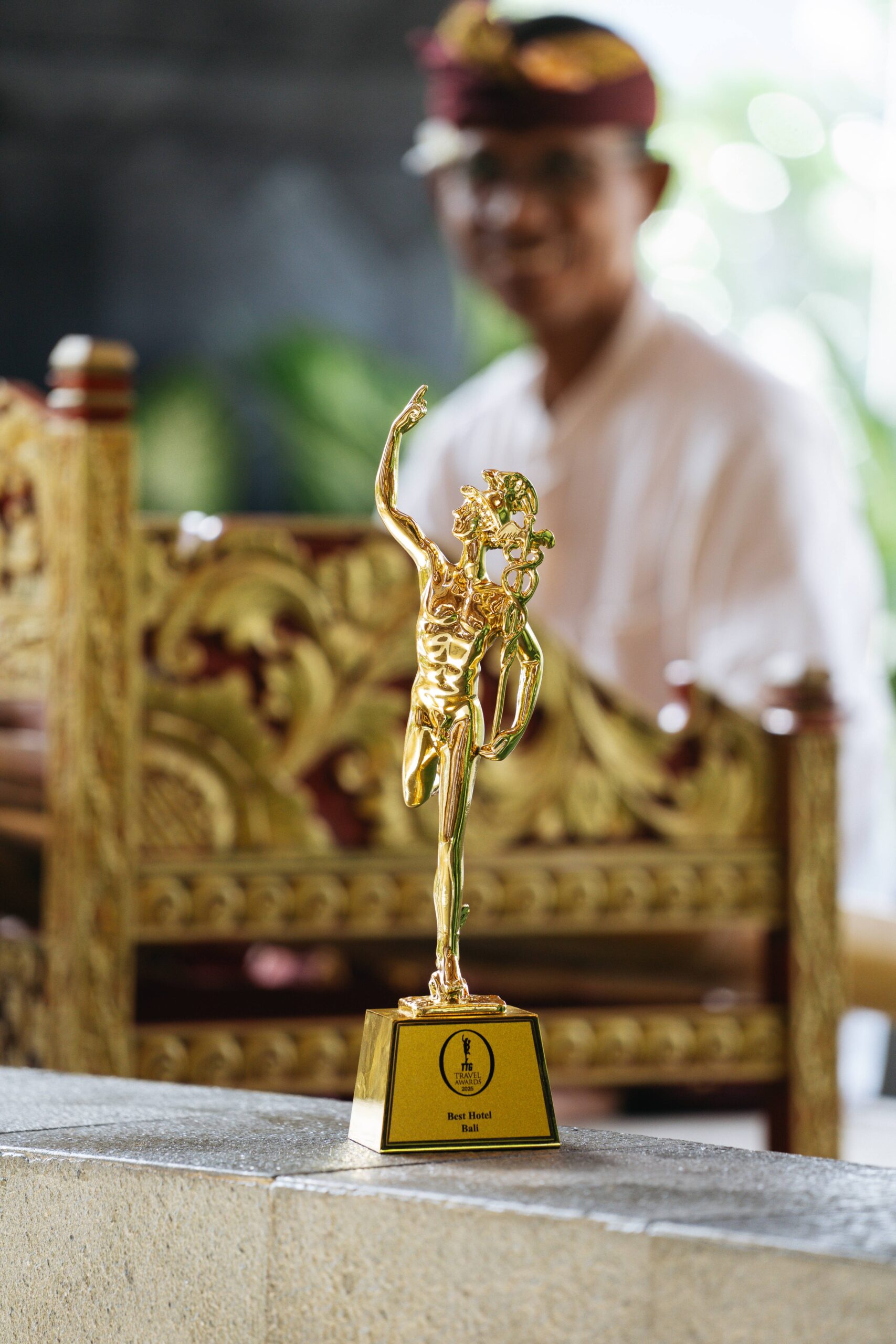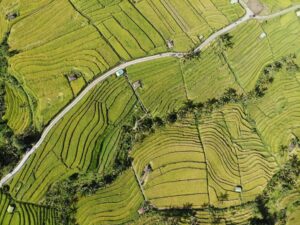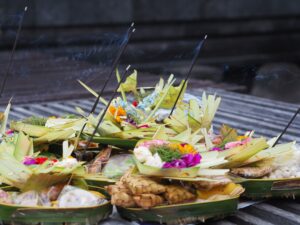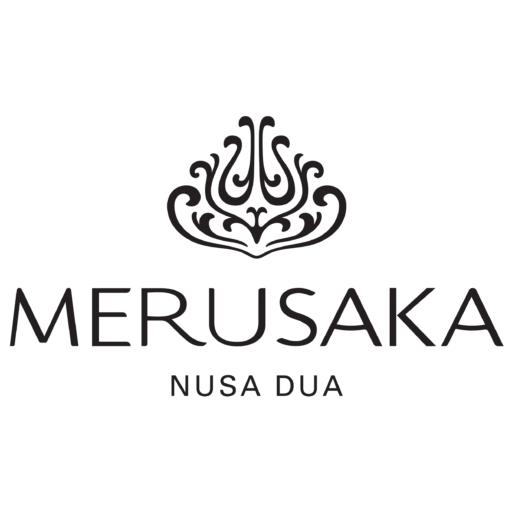The Bali zero waste movement is growing! Learn how Merusaka is committed to a greener future through our unique closed-loop system, organic garden, and conservation efforts.
Bali Zero Waste: Merusaka’s Guide to a Greener Future
For years, Bali has been a leader in environmental action. The island-wide ban on single-use plastic bags and straws was a major step. It was a visible sign of a deep commitment to preserving its natural beauty. For the conscious traveler, the Bali sustainability movement is getting stronger. It is moving beyond the basics. It is evolving into a deeper, more complete “Zero-Waste” philosophy.
This exciting new wave is about more than just reducing plastic. It is about rethinking how we consume everything. This article explores this inspiring trend. It also shares how we at Merusaka Nusa Dua are embracing our role in this journey toward a greener future.
The Zero-Waste Philosophy in Bali
The effort against plastic was just the beginning. Today, a growing number of innovative cafes, shops, and communities in Bali are embracing the “zero-waste” philosophy.
- What it Means: This movement aims to eliminate waste from the entire supply chain. It is a shift from simply managing waste to preventing it in the first place.
- How it Looks: You can see this trend in the rise of “bulk food” stores. Shoppers bring their own reusable containers to buy everything. This includes grains, spices, oils, and soaps. It is a thoughtful and powerful commitment to living in greater harmony with the environment.
Sustainability Within Our Resort: A Closed-Loop System
We believe that true sustainability begins at home. We implemented clever, on-site systems. These systems turn our waste into valuable resources. They create a “closed-loop” that greatly reduces our environmental footprint.
 Boemi Merusaka Organic Garden: This is the green heart of our resort. Here, we actively practice a “garden-to-table” philosophy. Our culinary team uses the fresh, organic produce we grow here directly in our kitchens.
Boemi Merusaka Organic Garden: This is the green heart of our resort. Here, we actively practice a “garden-to-table” philosophy. Our culinary team uses the fresh, organic produce we grow here directly in our kitchens.
Smart Food Waste Solution: We partnered with Magi Farm to handle food waste. We use Black Soldier Fly maggots. They process up to 100 kilograms of organic kitchen waste every day. These amazing larvae consume the waste. Then, they produce nutrient-rich pellets. We use these pellets as a powerful natural fertilizer for our organic garden. This circular system not only eliminates our food waste but also enriches our soil. This allows us to grow even healthier produce.
Our Commitment: Action Beyond Our Walls
Our dedication to the environment extends beyond our resort and into the community. We follow the Balinese philosophy of Tri Hita Karana (harmony with God, people, and nature).
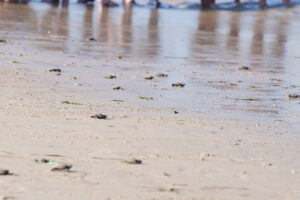
Sea Turtle Release
Regular Beach Cleaning: Our team is responsible for the beautiful Mengiat Beach. We conduct regular beach cleaning activities. This ensures our lovely coastline remains free from marine debris and plastic waste.
“Grow The Coast” – Restoring Our Shorelines: Our team came together for the “Grow The Coast” initiative. This was part of our 40th Anniversary. We planted hundreds of mangrove trees. This helps protect Bali’s precious coastline.
Sea Turtle Release – Protecting Marine Life: We work with local conservation groups. We host regular Sea Turtle Release events right on our beach. This educational experience for our guests gives these precious baby turtles a safe start on their journey into the ocean.
Conclusion: A Shared Journey
The sustainability movement in Bali zero waste is an inspiring and growing journey. We are proud to be a part of it. We contribute through both our clever internal systems and our active community conservation work. For the conscious traveler, choosing to stay with us means being a part of this positive impact.
Learn More About Our Sustainability Efforts and Special Offers Here.

